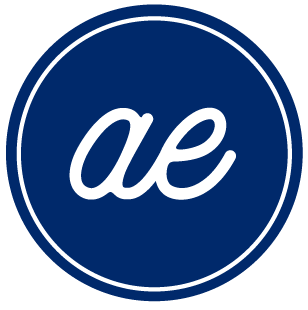Product Definition
At the start of a project, it is important to understand your user, by capturing behavior, pain points, motivations, and needs from contextual inquires. What issues are you trying to solve? Understanding these key factors will set the foundation for creating a strategy, allowing you to identify gaps, and opportunities. You will also want to make sure the project aligns with your mission and goals, at an organization level, as well a specific line of business.
Research
User research is an important phase within the process, using methods that will challenge your assumptions. Leverage data analytics that capture user trends, facilitating user interviews and focus groups to understand their struggles and what their goals are, and how the customer journey can be streamlined to complete a task. Additional methods include surveys, card sorting, hallway studies, unmoderated remote studies, moderated studies, and heuristic evaluation.
Defined phases of research include discovery, exploratory, creative, and decisive framework. Discovery research is at the beginning of a product development cycle, where you can examine broad questions and experiences. Exploratory research focuses on unpacking experiences and understanding a chosen topic or problem. Creative research is when you generate ideas for how to solve the problem. Decisive research is when you can validate your hypothesis to move forward with a solution. Depending on project phase, budget, and the type of data you want to gather, is what will help define what tools and methods you want to use.
Analysis
In this phase you review the information you have gathered in the two previous steps. A few assets can be leveraged here to help drive decisions. User personas and journey maps are assets that allow the team to understand goals, behaviors, pain points, and opportunities. These provide a big picture view of the user experience, and help build empathy and focus on to what should be prioritized.
Design
This phase of the project is used to generate ideas, create sitemaps, mockups, and prototypes that will represent the product. These are used to map out the critical path and insert a concept solution into the customer journey. It is also important to align with brand standards, and the latest component library and design system for a consistent user experience across the application and other lines of business.
Validation
User testing is an important step to validate your hypothesis with your prototype, making sure to recruit the right set of users, define objectives, create task scenarios, conduct interviews, and analyze the results. Quantitative validation includes A/B testing, metrics monitoring, data analysis. Qualitative validation includes eye tracking, beta user testing, usability testing, user feedback, and heuristic analysis. Both work in tandem to provide comprehensive results that create insights for the best user solution. With this information you can then can continue to ideate and incorporate this feedback to prepare for launch.
